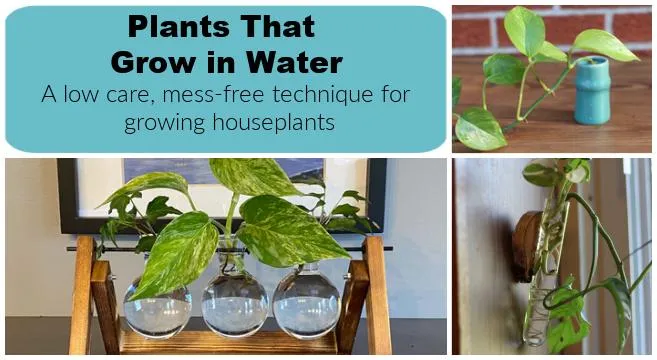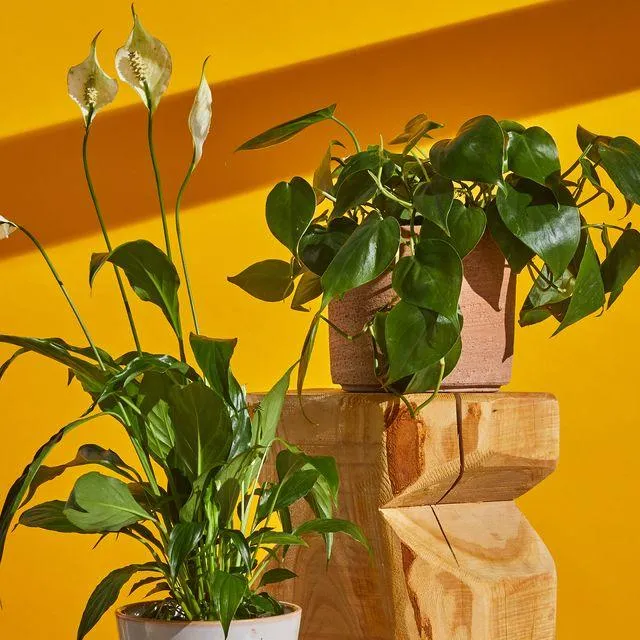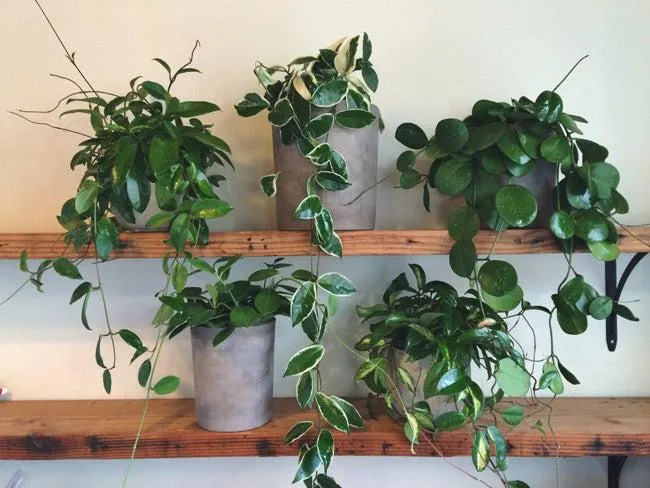Everything You Need to Know About Hanging Plants
If you’re searching for “hanging plants real”, chances are you’re looking to add some greenery to your indoor or outdoor spaces through plants that can be hung. In this extensive guide, I’ll cover all the basics as well as some more advanced topics related to hanging plants to help you choose the right ones and care for them properly.
Types of Hanging Plants
There are many beautiful hanging plant options to choose from. Here are some of the most popular:
- Ivy – English ivy is extremely versatile and will trail beautifully in hanging baskets or pots. It’s very low maintenance.
- Pothos – aka Devil’s Ivy, this vine grows quickly and is perfect for draping over shelves, poles, and walls. It thrives on neglect.
- Philodendron – With its heart-shaped leaves, philodendron comes in many varieties. Try red emerald or Brazil for hanging baskets.
- Spider Plant – These grass-like plants produce shoots with miniature plants hanging off them, making it seem like spiders. Very hardy.
- Wandering Jew – This colorful trailing plant comes in many hues. Give it plenty of sunlight for vibrant colors.
- Petunias, Begonias, Impatiens – These annual flowers come in mixed hanging baskets for continuous blooms.
Tips for Choying the Planter
The container you use is important for promoting healthy plant growth and preventing issues. Here are some tips when selecting planters:
- Drainage holes are essential for preventing root rot from excess moisture. Terra cotta and plastic pots always have drainage.
- Avoid glazed ceramic planters sometimes without drainage. Make drainage holes yourself or use a saucer to catch water.
- Consider the planter weight when filled. Heavier plants require sturdier hooks or cables to bear the load without bending.
- Opt for waterproof materials like plastic or treated wood that won’t degrade outdoors from rain.
- Match the planter size to the plant. Crowding roots stunts growth. Pots should allow 2-3 inches of room on all sides.
Hanging Techniques and Hardware
Now that you’ve selected plants and pots, it’s time to hang them properly.

- Inspect installation area for sturdiness. Ceilings, walls, fences, or beams need to support several pounds safely.
- Reliable hanging hardware includes hooks, chains, cables, or plant hangers designed for outdoor use. Avoid thin wire or string.
- For ceiling hanging, use lag bolts installed into ceiling beams or studs for solid anchoring of large S-hooks or eye bolts.
- On walls or fences, use heavy-duty screw eyes drilled high into wood posts or concrete walls.
- Attach the hanging hardware securely to the planter rim, not just the drainage holes, for distributing weight evenly.
- Adjust height just above eye level for optimal plant display and access for watering without stretching.
Taking care with installation prevents accidents from falling plants. Hanging hardware must withstand weather too.
Maintenance and Care Tips
Hanging plants still require regular maintenance to stay attractive:
- Water when topsoil is dry to the touch, About once every 7-10 days for most plants. Water thoroughly until it drains freely.
- Fertilize monthly in spring and summer with a dilute water-soluble plant food to promote growth.
- Prune off any dead, diseased or misshapen growth to encourage bushier plants using clean shears.
- Rotate planters weekly so all sides receive equal sun exposure which stimulates compact, full growth.
- Repot only when roots fill the container. Use a pot just 1-2 inches larger for minimal stress.
- Bring indoors before frost and provide adequate light to overwinter tender tropicals like impatiens.
Proper care keeps plants looking their best for many seasons of enjoyment.
Dealing with Common Problems
No matter how well you care for hanging plants, occasional issues may arise. Here are solutions:

- Pests – Isolate and spray with insecticidal soap if seeing pests like aphids, scale or spider mites. Neem oil also helps.
- Root rot – Too much water is the main cause. Improve drainage, use drier soil mix, and allow to dry between waterings.
- Leggy growth – Insufficient sun produces straggly plants. Move to a brighter spot and prune to encourage bushiness.
- Browning leaf edges – A sign of dry air. Use a pebble tray or humidifier, and water from below to moisten foliage.
- Wilting – Underwatered plants wilt even when soil is still damp below. Check soil moisture regularly.
Addressing issues promptly helps plants return to good health with a little TLC.
Best Spots to use Hanging Baskets
Here are some popular places to show off beautiful hanging plants:
- On patios and decks to create a lush, tropical ambiance.
- Above windows and on front porches to add curb appeal.
- Along sidewalks and walkways as colorful accents.
- Beside entry or garage doors for instant greenery upon arrival.
- In gardens dangling from arbors or surrounding trees.
- Hanging baskets on fences and railing for continuous color.
- Climbing ivies on walls, arches and pergolas.
With the extensive variety of hanging plants and display spots, you’re sure to find gorgeous additions for your home or garden.
Less Common but Interesting Hanging Plants
While more unusual, here are some other hanging plants worth considering:

- String of Pearls – Its succulent, pea-sized leaves form charmingly long strands great for trailing.
- Lipstick Plant – Produces tall stems capped with colorful red “lipstick” blooms for a dramatic splash.
- Nasturtiums – These edible flowers come in shades of orange, yellow and red and also make nice ground covers.
- Air Plants – Without soil, these low-maintenance tillandsia thrive when misted and attached to materials for visual interest.
- Cascading Croton – Vividly variegated foliage in hot pink, yellow and orange looks lovely spilling over edges of pots.
Getting creative with less standard hanging plants enables unique decorative touches.
Final Thoughts on Hanging Gardening
Overall, incorporating hanging plants opens up design possibilities both indoors and out. From my experience, they instantly elevate any space with lush foliage, colorful blooms and a sense of vibrancy. You don’t need a large yard to enjoy gardening – window boxes, railings or porches give a natural, living art effect. Whether you opt for tried-and-true favorites or more unusual varieties, hanging plants make great low-maintenance additions. With proper care, your collection will grow beautifully for seasons to come while requiring minimal floor space.
I hope this extensive guide has helped answer any questions you may have had about selecting, growing and caring for hanging plants. Feel free to experiment and have fun decorating with this versatile gardening style! Let me know if any other issues arise as you get started with your new greenery.
Factors to Consider When Choosing Hanging Plants
| Plant Type | Sunlight Needs | Watering Needs | Good For |
|---|---|---|---|
| Pothos | Low to Medium | Allow soil to dry out between waterings | Low maintenance, trails well |
| Philodendron | Medium to Bright Indirect | Water when top inch of soil is dry | Thrives in medium light, variegated types available |
| Spider Plant | Bright Indirect to Full Sun | Allow soil to dry slightly between waterings | Tolerates low light, produces plantlets |
| English Ivy | Medium to Bright Indirect | Water when top inch of soil is dry | Trails well, tolerates low humidity |
| Peperomia | Bright Indirect | Water when top inch of soil is dry | Low maintenance, variety of leaf shapes/colors |
FAQ
- What kinds of plants can be grown as hanging plants?
There are basically many different types of plants that can thrive when hanging. Some popular choices are pothos, philodendron, English ivy, spider plants, string of hearts, and Swedish ivy. These plants all sort of seem to do alright hanging from pots or baskets. - How do I care for hanging plants?
Hanging plants need sunlight, water, and occasionally fertilizer to stay healthy. You’ll want to place them in a spot that gets at least partial sun each day. Water them when the soil becomes dry to the touch, usually once a week. It also can’t hurt to feed them with a diluted liquid plant food every month or so during the growing season. - What is the best way to water a hanging plant?
When watering a hanging plant, you basically have two main options – water from above or water from below. Watering from above involves pouring water onto the soil surface until it drains out the bottom of the pot. Watering from below means submerging the entire pot in a tub of water so the soil absorbs what it needs. Maybe watering from below is best since it helps ensure even moisture distribution. - How often should I fertilize hanging plants?
Most garden experts recommend fertilizing hanging plants every four to six weeks during the main growing season. You should probably follow the product instructions for dilution rates. It’s best to use a balanced liquid houseplant fertilizer formulation with an NPK ratio of something close to 10-10-10. Overfertilizing could cause damage, so go light at first until you see how your particular plants respond. - What’s the best way to display hanging plants?
There are quite a few stunning ways to showcase hanging plants. Baskets, hooks, cables, macrame hangers – the options for suspension are endless. It appears hanging plants clustered together can look really lovely. Or for a stunning singular statement piece, an extra large hanging planter potentially dazzles. Get creative and have fun figuring out what displays best in your space! - How do I prevent insects on hanging plants?
Unfortunately, hanging plants are not immune to common houseplant pests like spider mites, aphids and scale. To help prevent these annoying bugs, occasionally wipe down the leaves with a damp cloth to remove any dust or bug eggs. You can also mix a few drops of mild dish soap into water and spray the foliage regularly as a natural insecticide. Keeping plants as pest-free as possible makes them healthier and longer-lasting display pieces.
In summary, hanging plants add amazingness and dimension to any space. With just a little care, lots of wonderful green options can thrive when suspended. Just be sure to consider things like sunlight, watering, fertilizing and pest control. Display your hanging plants creatively – they’re definitely worth showing off!

